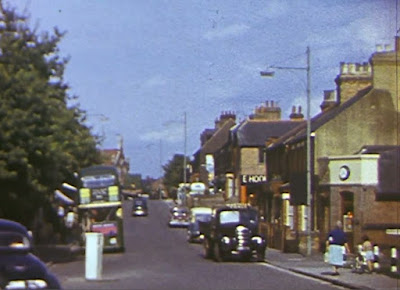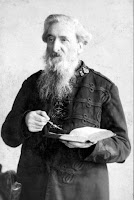 |
| Festalban 77 brochure |
 There have been many Carnivals in St Albans, but the first, managed by the Round Table, was in 1977. The event came about in that year as a result of the Diocese celebrating the centenary of its formation. The period of events was given the name FESTALBAN 77.
There have been many Carnivals in St Albans, but the first, managed by the Round Table, was in 1977. The event came about in that year as a result of the Diocese celebrating the centenary of its formation. The period of events was given the name FESTALBAN 77.There was another major event in 1977, this time a national celebration: the Silver Jubilee of the accession of Queen Elizabeth II. What with the diocesan and the national celebrations, 1977 and the years which followed, there are memories of street parties, carnival floats and decorated streets. The carnival floats continued to be a feature of the St Albans Carnival scene until fairly recently.
 |
| The best decorated street award for Cambridge Road in 1977. COURTESY THE HERTS ADVERTISER |
It is now possible to shed more light on this award as a result of a little 'sleuthing' among the pages of the Herts Advertiser, when on October 21st 1977 – when the cover price was a modest six pence – there appeared an attractive photo, shown right, of the plaque with three smiling youngsters. Do you know them; are they readers of this blog? Sarah and David Gilder, and Caroline Mundye.
The plaque was sponsored by the Herts Advertiser for the best decorated Silver Jubilee larger street in St Albans; Dickens Close also won the award for smaller streets.
The plaque was presented to the road's organiser, Mrs Pat Newman. It is thought that Mrs Newman was also instrumental in the formation of the Cambridge Road Residents' Association at about the same time. Perhaps this event was the reason for the Association's formation.
There are recollections of the plaque being on show, but not specifically where or for how long. So, we are left with three interesting questions:
 |
| Residents aboard the 'Jolly Cambridge' pirate ship, the theme of Cambridge Road's carnival float. COURTESY PAUL ELAND. |
2. When was it removed?
3. What happened to it, and where is it now?
Of course, if there are any surviving photographs of these street partying, float-building, plaque-awarding days forty-eight years ago, would you be willing to share them with the present generation of Fleetville and Camp residents?
This brings us back to a recurring topic: former shops in and around Cambridge Road. Number 16 was a sweet shop. Is there here a connection with the Newman's?















































